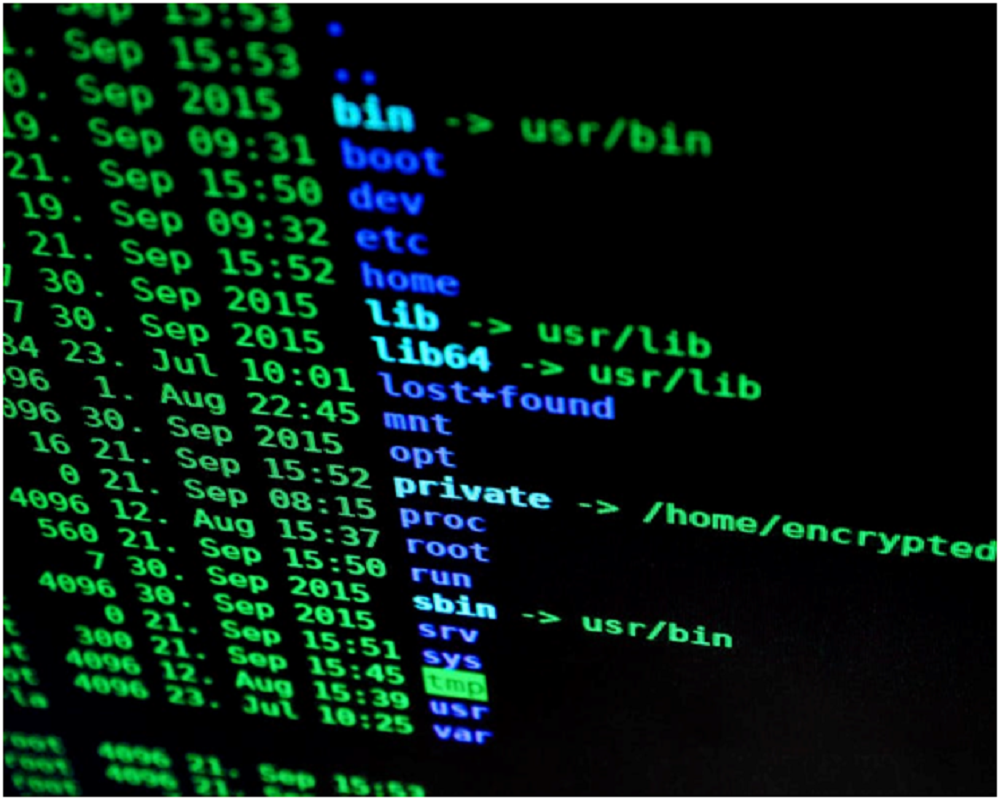Equifax, Capital One, and First American Financial Corp. Do you know what these companies have in common? They were the three victims of the biggest data breaches ever recorded, exposing millions of consumer’s valuable personal information.
These highly publicized incidents prove one thing: cyberattacks may affect almost any borrower, regardless of age, race, or financial standing.
So what are financial institutions doing to prevent these attacks? Here are some cybersecurity policies that may allow you to borrow money online safely with a line of credit.
Contents
Real-Time Identity Theft Detection
With the right information, a thief can open a new line of credit in your name. All they need is your contact details and Social Security Number to get started. If they have existing financial account numbers, that’s even better.
While this information helps a fraudster pretend to be you as they open any kind of line of credit (and there are many different kinds), there are some details they may not be able to accurately mimic.
New tech that collects data on a customer’s online behavior and social media patterns helps create a unique digital footprint. Along with a local IP address (your computer’s equivalent of a postal address), these data points may help financial institutions identify and predict your footprint.
If a fraudster applies for a line of credit from an unusual IP address, or request something out of the ordinary, it may flag your account.
Anti-Account Takeover Measures
Identity theft isn’t the only consequence of these data breaches. Fraud may occur in an existing line of credit if a thief hacks their way into your account.
If you don’t regularly review your bill statements, you might not catch fraud until they’ve already used up your entire line of credit limit.
Account takeover protections carefully watch your login and account activities for anomalies. Depending on the financial institution, they may simply alert you to these variances, or they may put a temporary hold on your account until you call.
Multi-Factor Authentication
You don’t have to go to a storefront to request, service, or repay your line of credit anymore. Now you can take your profile anywhere you get the Internet, accessing your finances from a computer, phone, or tablet.
Multi-factor authentication takes advantage of these devices to tamp down on fraud. It may look a little something like this:
- Login credentials. Your account number and password are the first steps to accessing your finances.
- Temporary token or PIN. Entering the correct login will trigger a one-time code to be sent to your phone or email. You’ll have to enter this token within a time limit to access your account.
- Biometric data. You may have to provide a scan of your fingerprint or face to verify it’s you who’s requesting access and not a fraudster.
Bottom Line
Online loans aren’t going away anytime soon. If anything, they’re set to take over more of the lending industry in the future. To make sure your data is safe, financial institutions must embrace the latest measures in cybersecurity. It’s the only way to keep your personal information out of fraudster’s hands.




































 Online casino
Online casino
